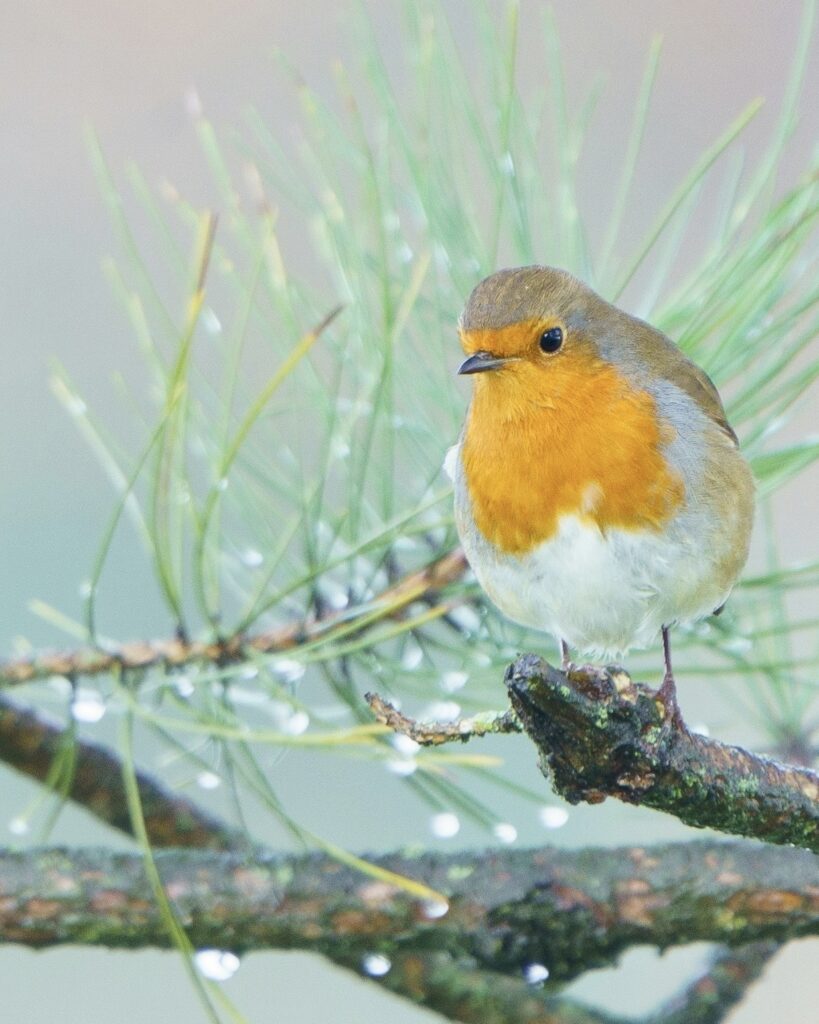The CMP Review — Week of June 17
June 17, 2024

“Entomology is one of the most fascinating and interesting pursuits I know, and if people only realised the fact that many spare moments might be occupied in watching the habits of insects to their ultimate intense delight and lasting interest, I believe many more would take up this most wonderful and marvellous study of insect life.” (L’Umile Pianta, July 1902)
@tessakeath
June 18, 2024

Penelope Lively is best known today as an author of award-winning books for adults and children. What is less well-known is that as a child, she was educated in Charlotte Mason’s Parents’ Union School. But this was no brick-and-mortar school in England; Penelope was born in Cairo, Egypt, and she was taught at home.
As a child of English parents living overseas, Penelope saw England “as a place a long way from home which was nothing much to do with me.” But every term programmes came from Ambleside which immersed her in the literature and history of a country that was hers by birth but not by sight.
Penelope’s experience matched those of many who found in Charlotte Mason’s PNEU not only a source of learning but also a source of connection. In fact, the literature and history of England remained at the heart of the curriculum as long as there was a PNEU.
Jo Lloyd is an Australian home educator who has been using the Charlotte Mason method for nearly twenty years. Living in a sovereign country that yet remains in the British Commonwealth, she has a unique perspective on the history of the PNEU and its role in a “far-flung chain of Empire.” Like Penelope Lively and so many others, Jo Lloyd has found in Charlotte Mason not only a source of learning but also a source of connection.
Today we share Jo’s original and insightful reflections on the PNEU of the past and the Charlotte Mason method of today. And her article closes with an important announcement that anticipates more connection in the months ahead. Find it here.
@artmiddlekauff
June 19, 2024

If I can stop one heart from breaking,
I shall not live in vain;
If I can ease one life the aching,
Or cool one pain,
Or help one fainting robin
Unto his nest again,
I shall not live in vain.
~Emily Dickinson
@rbaburina
June 20, 2024

In 1395, Raymond of Capua completed his biography of Catherine of Siena. It was a celebrated work and remains our primary source of information about the life of the saint. However, when Raymond’s book was first circulated, not all was well. Those who knew Catherine best felt that her confessor had left out important episodes from the saint’s life.
Several appeals reached Tommaso Caffarini, who undertook to write a “supplement” to Raymond’s biography. He wrote his book in Latin and completed it in 1418. It remains a lesser-known work. While Raymond’s biography is available in English, as far as I know Tommaso’s supplement has not been translated.
A few years ago I began my own study of Latin. A major motivation was so that I could better teach the language to my youngest son. But that was not my only reason. I also wanted to read Tommaso’s book. I wanted to open this locked door to history. And Latin would be my key.
I have labored over hundreds of exercises and memorized thousands of words and forms. My mind has been bewildered and stretched as I have struggled to make sense of mysterious arrangements of words. Sentences where form rather than sequence conveys meaning.
And so a few weeks ago, I decided I was ready. I began the task just like any of the other exercises I have done. I wrote down Tommaso’s words, one sentence at a time. And then I began to parse, to analyze, to decode, and to unlock. Just like any other exercise. Except this time there is no answer key. This time it’s for real.
“Ne pro aliqua parte … silentio deperiret,” came in the plea to Tommaso. Let not any part of her story perish by silence. I study Latin so that silence, and not story, will perish.
@artmiddlekauff
June 21, 2024

My little almost-three-year-old neighbour and I spent a good ten minutes watching this little guy on the path by my house.
She was mesmerized by him, slowly inching his way around. “He’s so cute! He’s so funny!” she trilled as we got down on hands and knees so we could get a closer look.
She tried putting a leaf in his way to see if he was hungry (he was not. He walked right over it.) “That’s funny!” And she tried again and again with different greenery from the yard, to no avail.
She also thought his antennae were “very cute and very silly” looking.
My friends, the slugs aren’t new, but the children are. (Vol I, p 53.)
And, I will confess, it was pretty special for this mom right here as well. What a blessing to relive the excitement anew through my little friend’s eyes! Just precious!
@antonella.f.greco
June 22, 2024

Have you documented spiders in your nature journal? My boys have, but I haven’t (yet).
This little fellow has inspired me.
@rbaburina
📷 Thuy Davis
June 23, 2024

In True to Our Native Land, Stephanie Buckhanon Crowder points to truths in the Gospel of Luke that we are likely to miss. She explains the sending of the seventy as follows:
At 10:3–16, Jesus gives instructions regarding a ministry that was also dependent on hospitality. His directives to the seventy provide a harsh window into the life of a disciple. It is an underground life whose journey toward God did not allow for familial or professional attachments or many private possessions. A person who risks her life in following Jesus must rely on the mercy of others, just as she surely had to rely in every circumstance on the mercy of God. It is a chance slaves were willing to take for freedom. It is a chance believers must take in order to be free and set the captive free.
Why would believers take such a risk? Charlotte Mason explains in her poem on the return of the seventy: “Whose name is writ in heaven meets no annoy.” Read or hear Mason’s poem here.
@artmiddlekauff